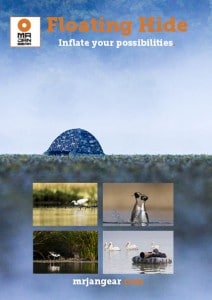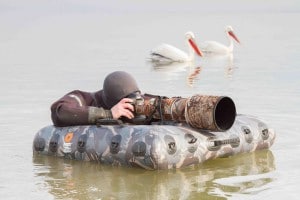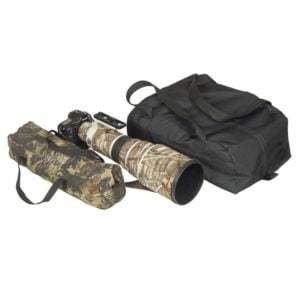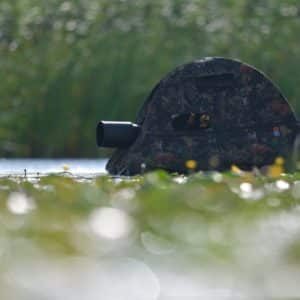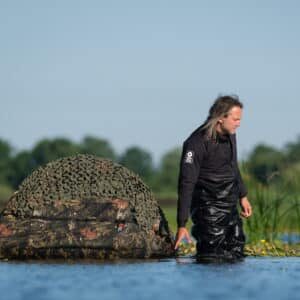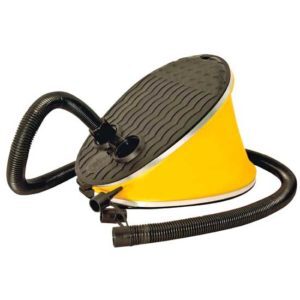About floating hides
Using a floating hide or a hydrohide is one of the best ways to watch, observe and take pictures of birds living on or next to the water.
On this page, you will learn more about the application and equipment, safety measures and how to get the most intimate shots.
The custom-made inflatable hull with an extra 'dip' in the front lets you move your lens freely and as close as 15cm to the water level.
Building a well-performing and stable hide and combining it with an extreme low-level mounting point was a real challenge. After more than eight prototypes and numerous pre-production models, we let several experienced photographers test the Floating Hide. Yves Adams and David Pattyn were among the first to use it - and they still do. You can find some of their work on the Ambassadors page. We finetuned the hide based on their feedback.
Today the MrJan Gear Inflatable Floating Hide is used worldwide, from the Amazon to Svalbard, from the fjords near Trondheim to the French Camargue, and even in China.

F.A.Q.
Can’t finds the answer to your question on this page? Let us know, and we’ll be sure to answer, publishing the most frequently asked questions on this website.
How much weight can a MrJan Gear Floating Hide carry?
Is the Inflatable Floating Hide easy to travel with?
Is one air compartment safe enough?
What support for my camera do you recommend?
Is the tent waterproof?
What do I wear when I’m in the water?
How large is the Floating Hide when packed?
Can the hull be repaired when damaged
Can we use a floating hide wherever we want?
What is the difference between a floating hide and a floating blind?
Floating hides and accessories
Flyer
For more information you can browse the site or download the flyer:
Stay tuned!
